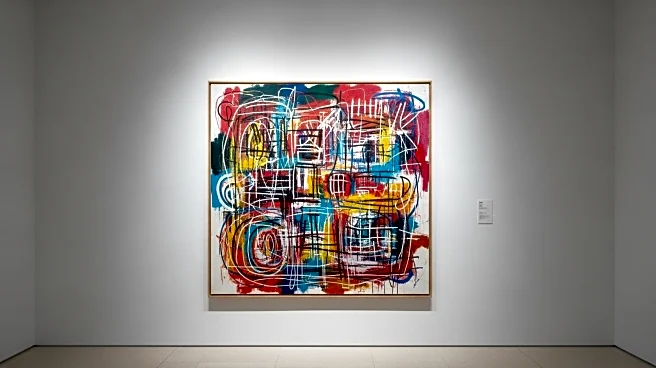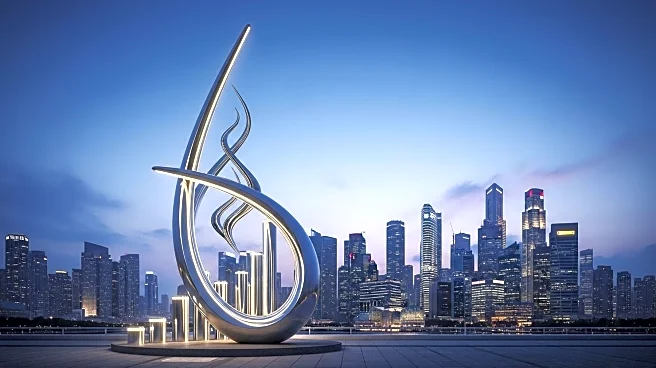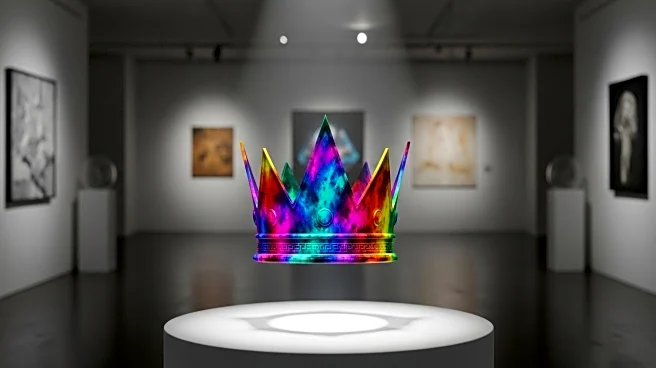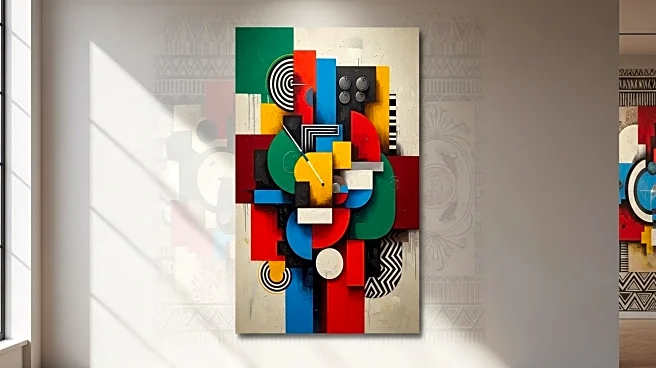What's Happening?
French artist Christelle Oyiri is showcasing her latest work, Venom Voyage, at Frieze London, which challenges the idyllic perceptions of paradise. Oyiri's installation, inspired by her experiences in Guadeloupe, highlights the environmental and cultural consequences of tourism. The artist uses a theatrical travel agency setup to critique the commodification of travel and its impact on local communities. Her work is characterized by a blend of sculpture, installation, and moving image, aiming to provoke introspection about the reasons behind travel and its broader implications.
Why It's Important?
Oyiri's work is significant as it addresses the often overlooked environmental and cultural impacts of tourism, particularly in regions marketed as paradises. By using art to highlight these issues, Oyiri encourages viewers to reconsider their travel motivations and the consequences of their actions. Her installation serves as a critique of the commodification of travel, urging a deeper understanding of the places we visit beyond their superficial beauty. This approach not only raises awareness but also challenges societal norms regarding travel and consumption.
What's Next?
Oyiri's installation at Frieze London is expected to spark conversations about the ethics of tourism and its impact on local communities. As her work gains attention, it may influence other artists and institutions to explore similar themes, potentially leading to broader discussions on sustainable tourism practices. The reception of Venom Voyage could also impact Oyiri's future projects, encouraging her to continue exploring complex cultural and environmental issues through her art.
Beyond the Headlines
Oyiri's work delves into the cultural dimensions of tourism, questioning the societal addiction to travel without considering its consequences. Her art challenges viewers to reflect on their travel habits and the cultural narratives they perpetuate. By presenting these themes in an art fair setting, Oyiri critiques the commodification of art itself, highlighting the irony of discussing commodification within a commercial space.










